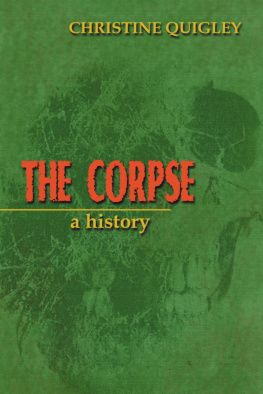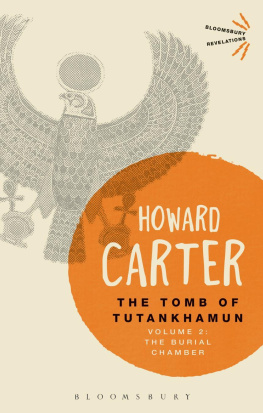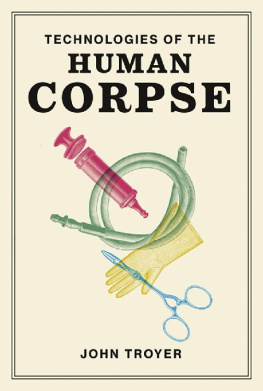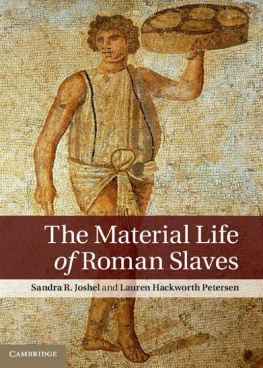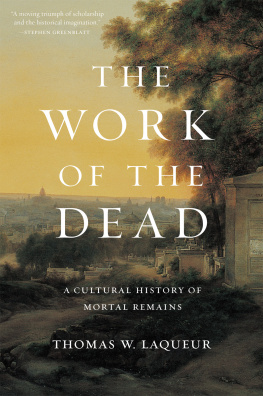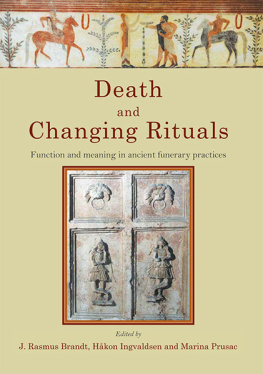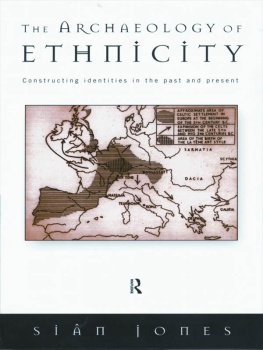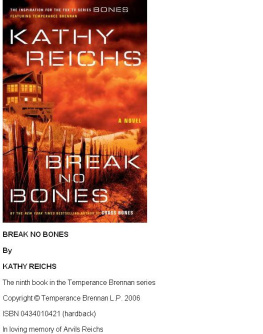Zoë L. Devlin (editor) - Death Embodied: Archaeological approaches to the treatment of the corpse
Here you can read online Zoë L. Devlin (editor) - Death Embodied: Archaeological approaches to the treatment of the corpse full text of the book (entire story) in english for free. Download pdf and epub, get meaning, cover and reviews about this ebook. year: 2015, publisher: Oxbow Books, genre: Religion. Description of the work, (preface) as well as reviews are available. Best literature library LitArk.com created for fans of good reading and offers a wide selection of genres:
Romance novel
Science fiction
Adventure
Detective
Science
History
Home and family
Prose
Art
Politics
Computer
Non-fiction
Religion
Business
Children
Humor
Choose a favorite category and find really read worthwhile books. Enjoy immersion in the world of imagination, feel the emotions of the characters or learn something new for yourself, make an fascinating discovery.

- Book:Death Embodied: Archaeological approaches to the treatment of the corpse
- Author:
- Publisher:Oxbow Books
- Genre:
- Year:2015
- Rating:5 / 5
- Favourites:Add to favourites
- Your mark:
Death Embodied: Archaeological approaches to the treatment of the corpse: summary, description and annotation
We offer to read an annotation, description, summary or preface (depends on what the author of the book "Death Embodied: Archaeological approaches to the treatment of the corpse" wrote himself). If you haven't found the necessary information about the book — write in the comments, we will try to find it.
Archaeological interpretations of burial remains can often suggest that the skeletons which we uncover, and therefore usually associate with past funerary practices, were what was actually deposited in graves, rather than articulated corpses. The choices made by past communities or individuals about how to cope with a dead body in all of its dynamic and constituent forms, and whether there was reason to treat it in a manner that singled it out (positively or negatively) as different from other human corpses, provide the stimulus for this volume. The nine papers provide a series of theoretically informed, but not constrained, case studies which focus predominantly on the corporeal body in death. The aims are to take account of the active presence of dynamic material bodies at the heart of funerary events and to explore the questions that might be asked about their treatment; to explore ways of putting fleshed bodies back into our discussions of burials and mortuary treatment, as well as interpreting the meaning of these activities in relation to the bodies of both deceased and survivors; and to combine the insights that body-centered analysis can produce to contribute to a more nuanced understanding of the role of the body, living and dead, in past cultures.
Table of Contents
Chapter 1. Introduction: embodying death in archaeology
Emma-Jayne Graham
Chapter 2: Neither fish nor fowl: burial practices between inhumation and cremation in later European Prehistory
Katharina Rebay-Salisbury
Chapter 3: Corporeal concerns: the role of the body in the transformation of Roman mortuary practices
Emma-Jayne Graham
Chapter 4: (Un)touched by decay: Anglo-Saxon encounters with dead bodies
Zo L. Devlin
Chapter 5: Funerary and post-depositional body treatments at the middle Anglo-Saxon cemetery Winnall II: norm, variety and forms of deviance
Edeltraud Aspck
Chapter 6: The burnt, the whole and the broken: funerary variability in the Linearbandkeramik
Daniela Hofmann
Chapter 7: Practices of ritual marginalization in late prehistoric Veneto: evidence from the field
Elisa Perego, Massimo Saracino, Lorenzo Zamboni, Vera Zanoni
Chapter 8: Maltese death: democratic theatre or elite democracy?
Simon Stoddart and Caroline Malone
Zoë L. Devlin (editor): author's other books
Who wrote Death Embodied: Archaeological approaches to the treatment of the corpse? Find out the surname, the name of the author of the book and a list of all author's works by series.

